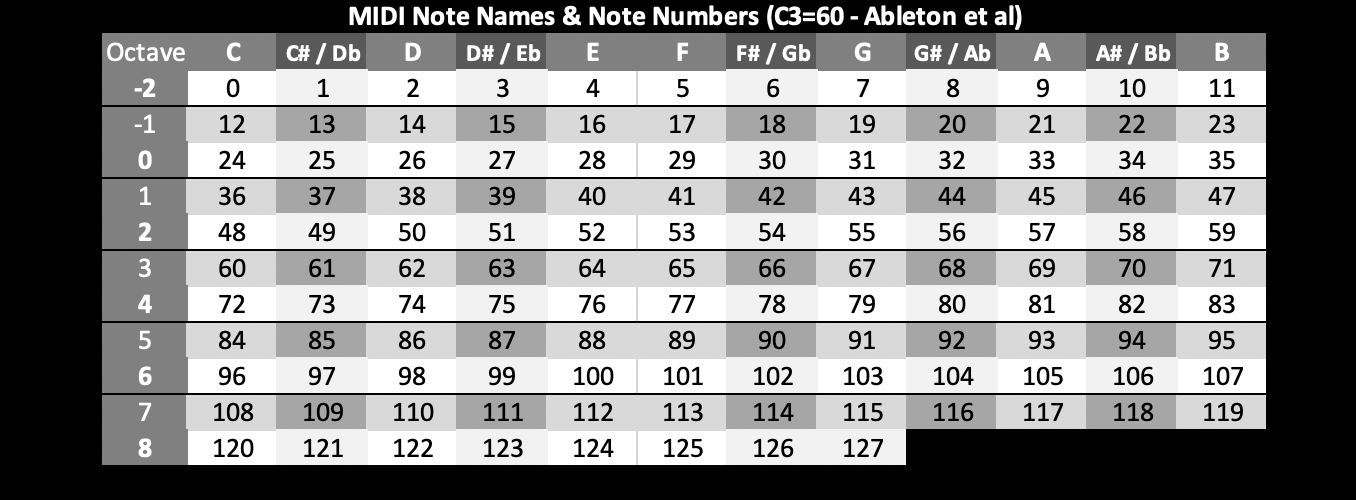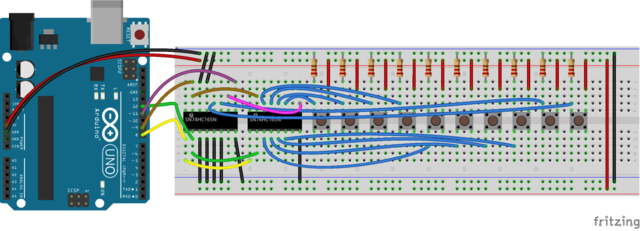

Take another example, a synth with a fast LFO (going into audio range). I gave you an example of how many ms delay between sound sources we actually are used to in our daily lives. You claim that we are able to hear timing differences below the milisecond range. You're arguing about unrelated things I didn't even address.Unrelated? Like I said, perceiving delays in that range doesn't depend only on physiology at all and I gave the simplest possible example. If that doesn't convince you - think polyphonic aftertouch without reducing that poor widdle CPU to tears and saturating the bus. You'd have to force them at gunpoint to get a new standard, which is pretty pathetic. Instead, we don't get any innovation, we get hacks like AMT, LTB or whatever MOTU uses - that all die an early death because manufacturers can't agree about what to use - and we're still dealing with bulky cables and rare, expensive interfaces that still suffer from jitter. We could've had "total integration" in 1990 already - being able to automate nearly everything simultaneously, using a single LAN cable. Yes, there's the story of the MIDI consortium who do their best to say OSC isn't that great, and MIDI has features x and y too - but that's completely useless for synthesizers that do not implement these features. MIDI on synthesizers does not have timestamps that's the entire problem. Once need to take this into consideration when he talks about bellow 1ms speeds.Īnd the fact that they have timestamps make it sure that 2 midi messages can be played at the same millisecond, even though they cannot transmited or received at the same millisecond. The brain cares more to invent than to observe. The white noise experiment comes to mind, that if you listen to white noise long enough you will start observing sounds that are not there. The brain plays tricks to us all the time, it make us see and hear things that are not there.


Now sit in a living room where you often can be as much as 1 metre (!!1OMG!1!!1!!) away from the center line between speakers and tell me that those 6 ms of difference between the sound from the two speakers reaching your ears speakers make you hear everything as an echo.I agree perception is surely a tricky thing. Now sit in a living room where you often can be as much as 1 metre (!!1OMG!1!!1!!) away from the center line between speakers and tell me that those 6 ms of difference between the sound from the two speakers reaching your ears speakers make you hear everything as an echo.īecause you can see it in a workstation that allows you to enlarge a view to milisecond level it does not mean that you can hear it. This means that the sound coming at you from two stereo speakers will be 1 milisecond delayed between the two speakers if you just move your head 15 cm /6" off the center line between the two speakers. hehĭo you realize that sound in air travels at appr. Of course, when it comes to most musical sounds, that kind of difference is absolutely impossible to notice.Because you can see it in a workstation that allows you to enlarge a view to milisecond level it does not mean that you can hear it. You can sometimes tap the two fingernails at a picosecond difference so low that you'll perceive a single tap, but the ear can perceive a very significant difference in the combined sound of the two taps in a range way below 1 millisecond. For example, tap two fingernails on a desk, bring your head close and listen to the familiar effect that happens when two essentially identical sounds occur nearly at the same time and place. Perceiving delays in that range doesn't depend only on physiology at all.


 0 kommentar(er)
0 kommentar(er)
